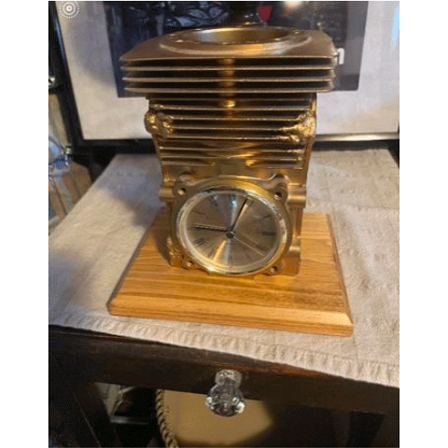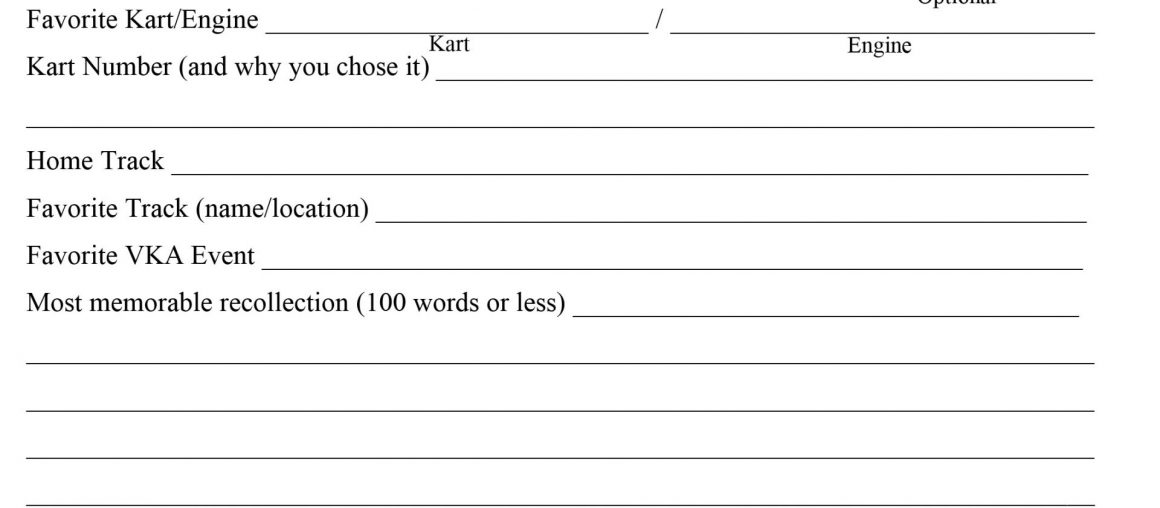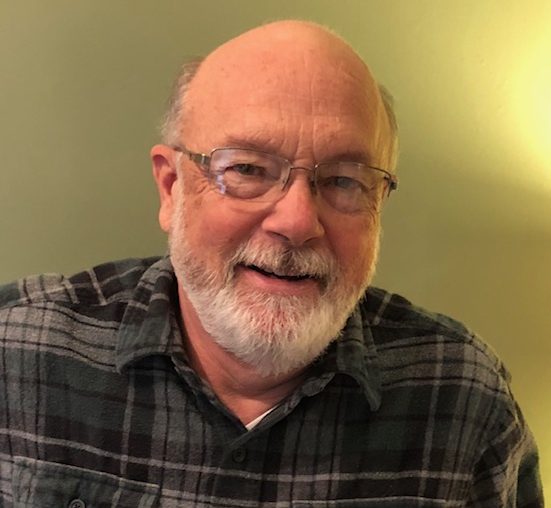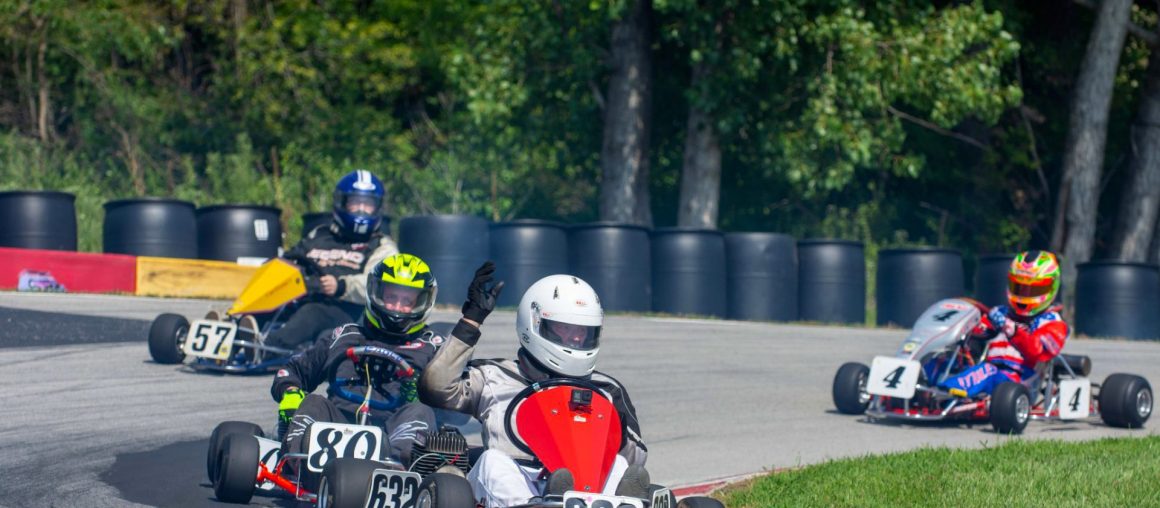Attn. VKA Historic Class Karters - Mac/West Ben 2025 Clock Recognition Program
The current Historic Class is probably the best grassroots example of why VKA was founded in the first place. Currently this class is recognized as a demonstration…

The current Historic Class is probably the best grassroots example of why VKA was founded in the first place. Currently this class is recognized as a demonstration…

The salute of the Vintage Karting Association’s 25th Anniversary has started, and you can be part of it. In 2000, twenty-five years ago, a bunch of vintage…

By John Copeland, VKA President Today’s karters are certainly different than karters when you or I started. And I think that it is largely a societal shift. …

By John Copeland, VKA President In its Vision Statement, the VKA states that the purpose of the organization is to, among other things, “establish Guidelines to create…

By John Copeland, VKA President VKA President John Copeland The Holidays are upon us and this time of year always makes me a bit more reflective than…